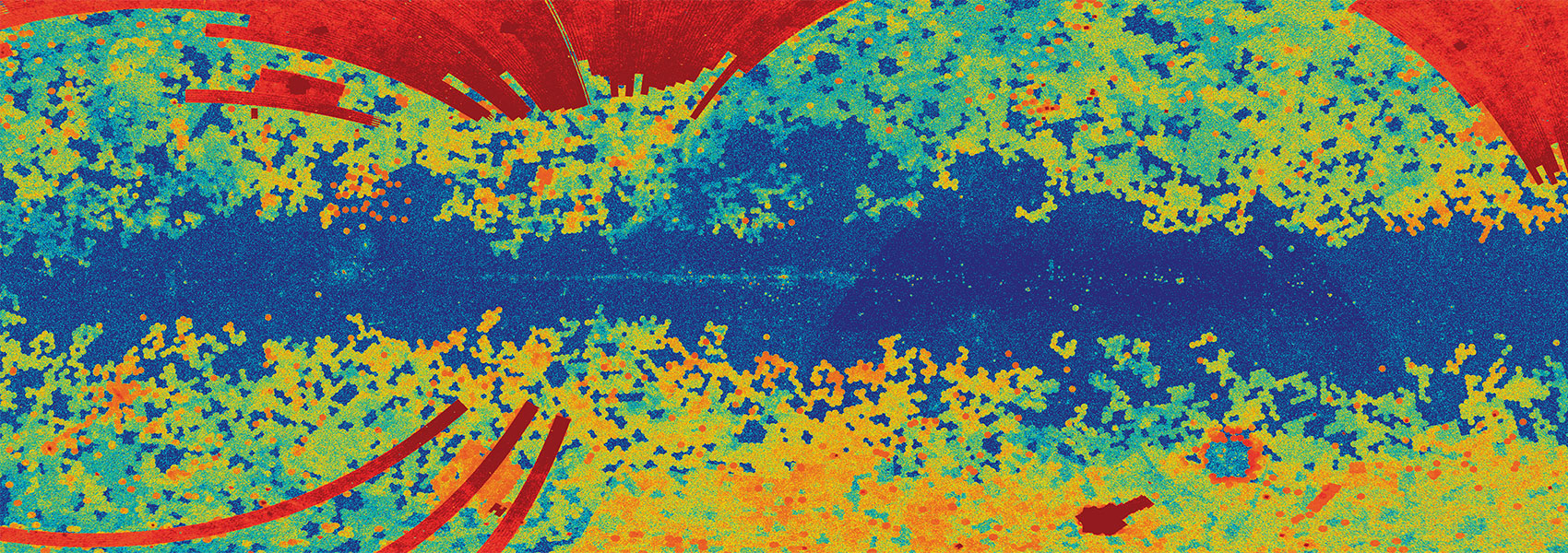May
2013
•
2013Sci...340..587B
Authors
•
Borucki, William J.
•
Agol, Eric
•
Fressin, Francois
•
Kaltenegger, Lisa
•
Rowe, Jason
•
Isaacson, Howard
•
Fischer, Debra
•
Batalha, Natalie
•
Lissauer, Jack J.
•
Marcy, Geoffrey W.
•
Fabrycky, Daniel
•
Désert, Jean-Michel
•
Bryson, Stephen T.
•
Barclay, Thomas
•
Bastien, Fabienne
•
Boss, Alan
•
Brugamyer, Erik
•
Buchhave, Lars A.
•
Burke, Chris
•
Caldwell, Douglas A.
•
Carter, Josh
•
Charbonneau, David
•
Crepp, Justin R.
•
Christensen-Dalsgaard, Jørgen
•
Christiansen, Jessie L.
•
Ciardi, David
•
Cochran, William D.
•
DeVore, Edna
•
Doyle, Laurance
•
Dupree, Andrea K.
•
Endl, Michael
•
Everett, Mark E.
•
Ford, Eric B.
•
Fortney, Jonathan
•
Gautier, Thomas N.
•
Geary, John C.
•
Gould, Alan
•
Haas, Michael
•
Henze, Christopher
•
Howard, Andrew W.
•
Howell, Steve B.
•
Huber, Daniel
•
Jenkins, Jon M.
•
Kjeldsen, Hans
•
Kolbl, Rea
•
Kolodziejczak, Jeffery
•
Latham, David W.
•
Lee, Brian L.
•
Lopez, Eric
•
Mullally, Fergal
•
Orosz, Jerome A.
•
Prsa, Andrej
•
Quintana, Elisa V.
•
Sanchis-Ojeda, Roberto
•
Sasselov, Dimitar
•
Seader, Shawn
•
Shporer, Avi
•
Steffen, Jason H.
•
Still, Martin
•
Tenenbaum, Peter
•
Thompson, Susan E.
•
Torres, Guillermo
•
Twicken, Joseph D.
•
Welsh, William F.
•
Winn, Joshua N.
Abstract
•
We present the detection of five planets—Kepler-62b, c, d, e, and f—of size 1.31, 0.54, 1.95, 1.61 and 1.41 Earth radii (R⊕), orbiting a K2V star at periods of 5.7, 12.4, 18.2, 122.4, and 267.3 days, respectively. The outermost planets, Kepler-62e and -62f, are super-Earth-size (1.25 R⊕ < planet radius ≤ 2.0 R⊕) planets in the habitable zone of their host star, respectively receiving 1.2 ± 0.2 times and 0.41 ± 0.05 times the solar flux at Earth’s orbit. Theoretical models of Kepler-62e and -62f for a stellar age of ~7 billion years suggest that both planets could be solid, either with a rocky composition or composed of mostly solid water in their bulk.
Links





